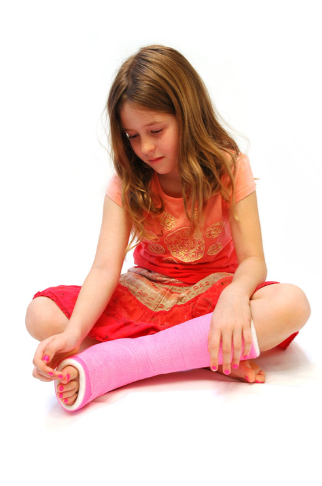Did you know..
According to Healthy Hips Australia, 8-10 children are diagnosed with hip dysplasia EVERY DAY!
So.. what is it?
DDH or Developmental Dysplasia of the hip is a common condition in which a baby’s ball and socket hip joint does not form properly. It is not always present at birth, and can develop afterwards whilst they are young.

What causes DDH?
The exact cause of hip dysplasia is not fully known, but there are lots of known risk factors that increase the chances of your bub having DDH. These include:
- Female
- Breech positioning
- First baby
- Large birth weight
- Family history
- Neuromuscular or connective tissue disorders
- Poor swaddling technique
So how will I know if my child has hip dysplasia?
Often a Child and Family Health nurse will check your bubs hips at their regular check ups, at birth, 4 weeks and and 8 weeks. If they have any concerns, they will then refer you to a paediatric physiotherapist.
Additionally, it’s important for parents to know the signs to look out for. Some signs include:
- Uneven thigh creases
- A ‘click’ or ‘clunk’ when moving your bubs legs. Most parents notice this during a nappy change.
- Difficulty moving your bubs legs during a nappy change. They may feel ‘tight’.
- Legs look to be different lengths
- Your baby is reluctant to take weight through their feet
- Your baby has a limp when walking
The incidence of DDH is also significantly increased if your baby has other packaging concerns at birth, this includes torticollis (tight neck muscles) and/or metatarsus adductus (feet turning in).
If you notice any of these, or would just like a check to be sure, book an appointment with your local paediatric physio or with Eden at Canobolas Kids Physio!
So what happens if my child does have DDH?
If your physio suspects DDH or your bub has two or more of the signs listed above, they will send your bub for an ultrasound or x-ray of their hips to rule out DDH. If this comes back all clear, your physio will simply continue to monitor your bubs progress and gross motor skills. If the scan shows some laxity or subluxation then your bub will need a review with the orthopaedic team who will determine if a brace is necessary.
What is involved with bracing?
A Pavlic harness is the brace most commonly used for children with DDH. It has straps that are fastened around the baby’s legs and held up by shoulder and chest straps. This holds the hips and knees up with the legs apart. THis is the ideal position for that ball and socket joint to develop!
The brace is worn for 23 hours a day, with an hour free for bathing and kicking.
There is no evidence suggesting your baby’s gross motor skills are affected by wearing the harness, and you are still able to feed, change nappies and play with your baby as normal!
What are some tips to avoid DDH?
One of our biggest tips for parents is to be informed about the signs of DDH and being confident to contact a physio if you have any concerns at all! No question is silly, and it’s better to have a check if you are worried, so that you can tick it off the
list and sleep easy at night. Incorrect swaddling can also lead to DDH, so as cute as a baby burrito is, being familiar with the correct technique is important. Here are our tips for swaddling:

- Swaddle should be firm but not tight
- Tucking bub arms in by their side or across their chest firmly will help them feel safe and prevent their startle reflex which will hopefully encourage long sleeps (YAY!)
- The swaddle should be loose from the waist down, especially around the hips! This will allow bub to move their legs, but also keep them in a safe position that encourages the ball and socket joint to develop! Hence, preventing DDH or subluxation!
Our physiotherapist at CKP, Eden, has experience assessing baby’s hips, so give us a call today if you would like a check!



